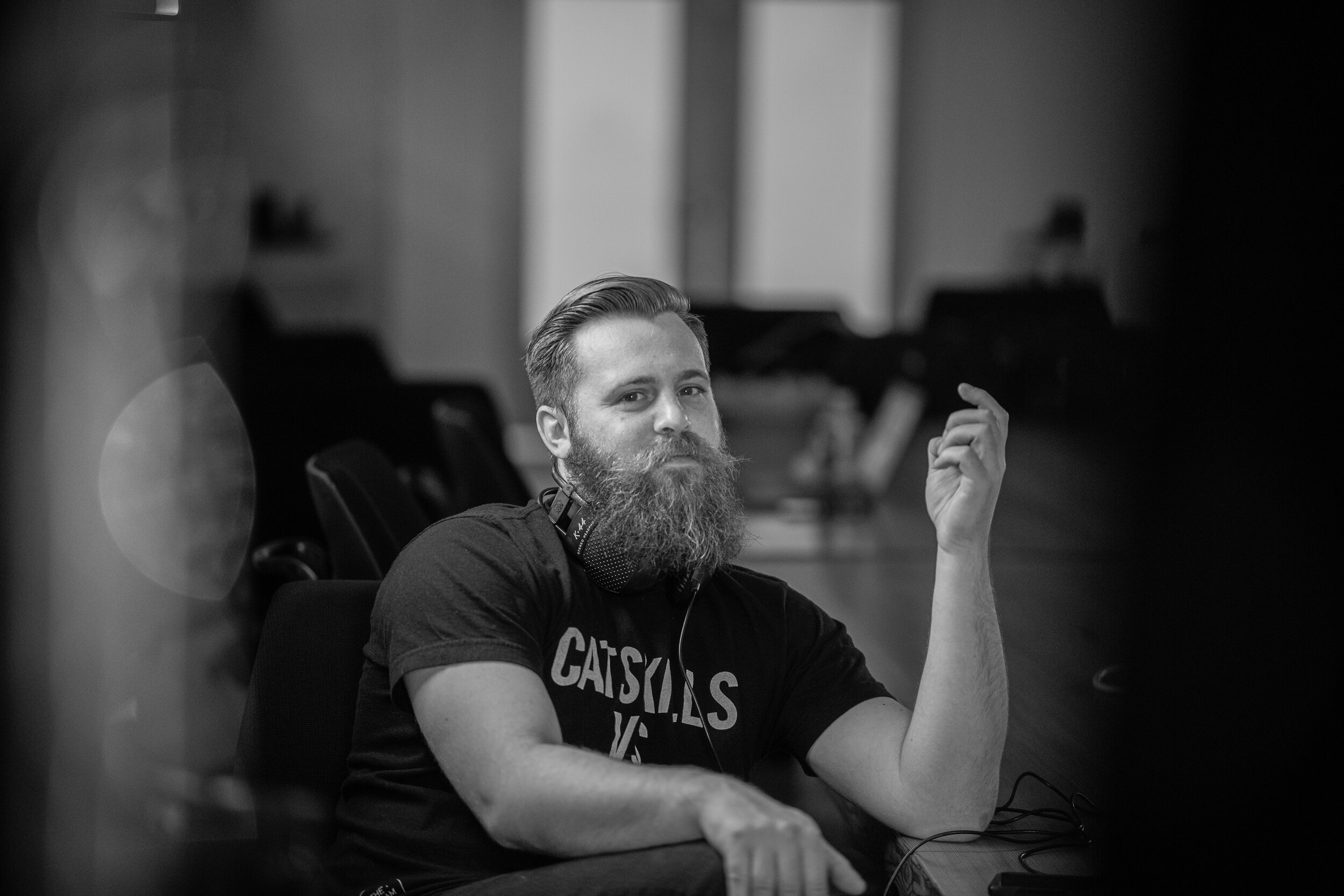A key part to working in videography or photography is knowing your camera. Obviously there is a lot that goes into it, and it’s also important to pay attention to framing and subject matter, but before you start focusing on what to shoot with your camera, you want to know how to shoot with your camera.
The first step we want to cover is aperture.
Definition:
Your camera or lens’ aperture, is the opening in your lens that lets in light when you trigger the shutter. Essentially your aperture is how big or small the opening is that lets in light to your camera to craft your image.
Effects:
Depending on how big the opening or aperture of your camera lens is, it will affect how much light is able to enter into the lens while the hole is open, and it also affects which directions of moving light are captured.
If the aperture is really big, then the camera will capture a lot of light, moving in lots of different directions, meaning only some of that light will be directed right at the camera. This means that your image will be brighter, and that only a small amount of the image will be in focus (which is called a shallow depth of field). The reason you will have a shallow depth of field is that only the light that was directed at a specific angle into the lens will be in focus, while the rest of the light captured moving in different directions won’t be in focus.
If the aperture is really small, then your camera will capture less light, but all moving in a similar direction. This means your image will be darker, and most of the image will be in focus (which is called a wide depth of field). Since the opening is smaller, only the light that is directed right into the camera will be captured, which is what creates that wide depth of field.
An example of a shallow depth of field (bigger aperture)
Camera Settings:
Now that you know what aperture is and what effects it has on your resulting image, it’s time to learn how to adjust that in your camera. Most cameras, analog and digital, allow you to change the aperture by adjusting the F-stop setting of your camera. The F-stop is a ratio of the camera’s focal length to the diameter of the entrance. This can be confusing, but what this means is that a high F-stop is a small aperture, while a low F-stop is a large aperture. Most apertures range from anywhere as low as F1.4 to about F22. The smaller the F-stop, the wider the aperture or opening of your camera lens.
Using Aperture:
Camera settings are all about finding a balance in order to achieve a look that you like. There are no specific right answers on how to use aperture, but changing it will affect your image. As a general guide, to determine your aperture or F-stop, think about how much of your frame you want in focus. If you’re taking photos of beautiful open landscapes, you probably want a small aperture (or high F-stop) in order to see all of that landscape. If you’re shooting a specific subject like a person, and you want a shallow depth of field to soften the edges around them and direct your focus to their face, then you want to set a wide aperture (or a low F-stop).
An example of a wider depth of field (smaller aperture)
Now that you know what your camera’s aperture is and how it works, go test it out. Get your camera, and figure out how to change your aperture. Then go experiment and take photos and videos. Try filming the same actions or subjects the same way but with different aperture settings to see how it affects your image.
If you want additional help working with your camera, you can check out the rest of our blogs here, or you can contact us about help with your own project!



